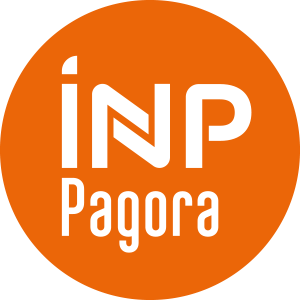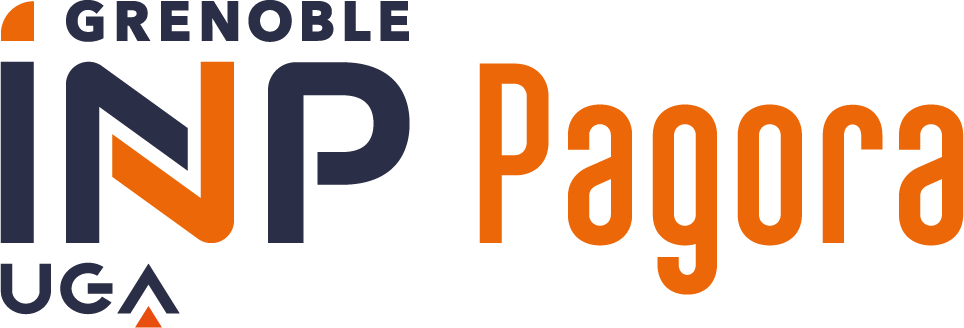Number of hours
- Lectures -
- Projects -
- Tutorials -
- Internship -
- Laboratory works -
ECTS
ECTS 25.0
Goal(s)
Learning outcomes :
- To identify and study the additives used on industrial sites
- To describe their role and application
- To explain the mechanisms involved
- To write a report on the theme
- To present its own results
Evelyne MAURET
Content(s)
This work aims at using and applying to industrial cases the main fundamental notions related to the course "4FMT1061 : Physico-chimie des procédés papetiers" and to consolidate the knowledge about the addition of chemicals in the wet-end part of the papermaking process. The studied additives are mainly those used for improving the papermachine productivity and the end-use properties of the produced paper.
The apprentices study the additives used in their enterprise. The type of additives, their role, the involved mechanisms as well as their dosages and point of untroduction are precisely described in a written document and during an oral presentation.
Fundamentals must be clearly presented, the involved mechanisms must be described and well understood and the apprentices have to precisely explain why the additives are used.
Prerequisites- main physical and chemical properties of the pulps used in papermaking,
- physical and mechanical properties of papers and boards,
- Fundamentals in polymer chemistry and physical chemistry.
Accessibility for people with disabilities : please contact us for further information
Evaluation : Report + oral presentation
A document is distributed at the start of the project to provide a framework, objectives and expectations for writing the technical file.
Evaluation: based on the quality of the oral presentation (50%) and the written report (50%).
Can not be catched-up.
The course exists in the following branches:
- Curriculum - Pagora Engineer - Apprentice - Semester 8
Course ID : 4FMA3148
Course language(s): 
You can find this course among all other courses.
Environmental security
RAS à Pagora
Respect des consignes en vigueur lors des phases en entreprise
[1] Eklund, D., and Lindström, T., Paper Chemistry, DT PaperScience Publications, Grankulla, Finland, 1991.
[2] Scott, W.E., Principles of Wet End Chemistry, TAPPI Press, Atlanta, Georgia, USA, 1996.
[3] Roberts, J.C., The Chemistry of Paper, The Royal Society of Chemistry, Cambridge, UK, 1996..
[4] Neimo, L., Editor, Papermaking Chemistry, Fapet Oy, Helsinki, Finland, 1999..
[5] Scott, W.E., and Abott, J.C., Properties of paper: An Introduction, 2nd edition, TAPPI Press, Atlanta, Georgia, USA, 1995.
[6] Paulapuro, H., Paper and board grades, Fapet Oy, Helsinki, Finland, 2000 [co-edition with TAPPI, Atlanta, Ga.].
[7] Hubbe, M. (2006). Bonding between cellulosic fibers in the absence and presence of dry-strength agents: a review, Bioresources, 1(2), 281-318.
[8] Lindström, T., Wägberg, L., and Larsson, T. (2005). On the nature of joint strength in paper: A review of dry and wet strength resins used in paper manufacturing, Proceedings of the 13th Fundamental Research Symposium, Cambridge, 457-562.
[9] WAGBERG L., ANNERGREN G. Physicochemical characterization of papermaking fibres.
in The Fundamentals of papermaking materials, transactions of the 11th fundamental research symposium, Cambridge, 1997, p.-82.
[10] CHAN L.L. Wet-strength resins and their application. Atlanta : TAPPI Press, 1994.



